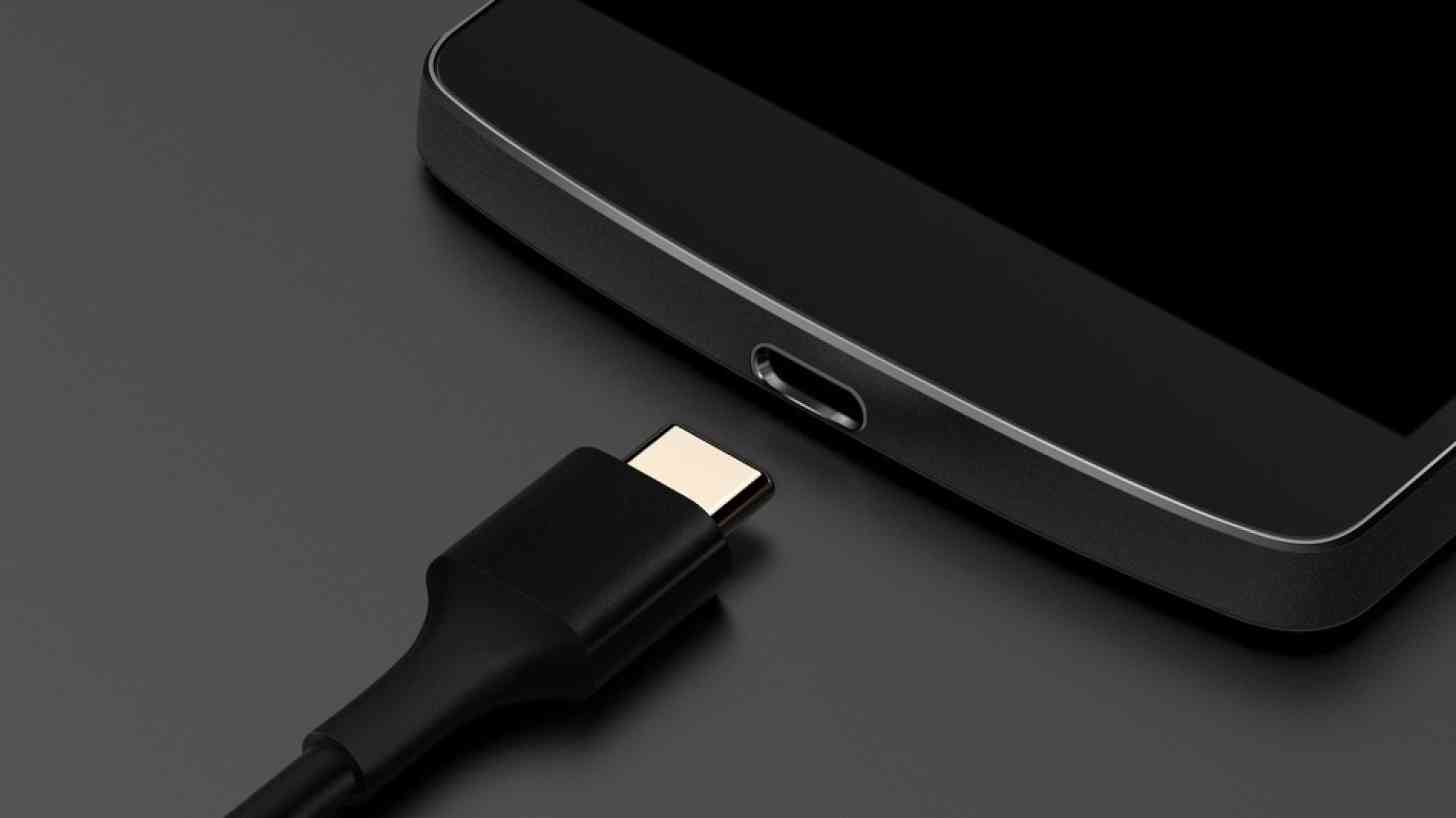
I've been an avid smartphone user for 7 years now. I've used BlackBerry, Windows Mobile, webOS, Android, and iOS; no matter which platform I was using, for a long time the same problem plagued all of them: poor battery life. And when I say “poor”, I mean poor when compared to the “dumb” phones that would last for days on a single charge.
It makes sense, though. Of course a phone that only did a fraction of the things that a smartphone could do would manage battery life better. And with smartphones being such new technology, poor battery life was expected. Trading a device that had good battery life for one that was far more productive – even if just for a few hours – was justifiable.
Naturally, battery life for smartphones has gotten better over the years. Some of my earlier Android devices (the HTC EVO 4G comes to mind) only lasted 4-6 hours max. While the EVO was one of the best at the time, it was almost always attached to a charger, and wouldn't complete a charge from 0-100 percent for several hours. Over time the inconvenience of needing to be around an outlet of some sort almost constantly wore me down. I started to ask myself, did I really need a smartphone? After all, a dead smartphone is only as useful as a brick. At least if I went back to a feature phone I would have the most important aspect of a phone – the ability to communicate with others at a moment’s notice – available to me all day long.
Of course, trying to pry myself away from the privileges of a smartphone was just not going to happen, especially as a 20-year-old who would have surely died from lack of instant social media.
A couple of generations later and smartphone battery life got to a point where they at least lasted through a whole work day. While nothing groundbreaking, it did pacify the issue for a while. Then it became annoying to have to charge a phone twice a day to make it from the time I got out of bed until the time that I went to bed again.
Add a couple more generations and we get to smartphones today, which have made strides to the point where they can sometimes last an entire day or two before needing a recharge. More importantly, Qualcomm came up with Quick Charge, which is now featured in many flagship smartphones. QuickCharge 1.0 introduced faster charging by 40% over older chargers; 2.0 was even faster than that, and now we are at Quick Charge 3.0, which can charge a device from 0 to 80% in just 35 minutes. Flagships that don't or can't support Qualcomm’s quick charge usually feature an alternative fast charging solution of some sort.
The implementation of faster charging methods seems to have worked out very well for smartphone users who struggled with making their phone last throughout the day. While I do think that a larger battery would be a more convenient solution for continuous usage throughout the day without ever needed to use a charger at all, that solution comes with its own set of problems; namely, making a phone too heavy or uncomfortable to use. While the solution may work for some people, it would seem that thinner phones with faster charging capabilities is a more appealing solution, particularly in the western world where most people are not far from a wall outlet at any given time anyway.
At the rate that fast charging methods are advancing, alongside better battery management through software, the need for bigger batteries to make it through the day doesn't seem like as big of an issue anymore. At this rate, I imagine that we will continue to coast on software battery management and faster charging methods until something like graphene batteries comes to fruition. I don’t think that including a big thick battery, as appealing as it may still seem for some, will ever become “the standard” at this point.
Readers, how has faster charging methods affected your view on smartphone battery life? Do you wish your phone had a bigger battery to get you through longer stretches of time without a mid-day charge, or does faster charging do the trick? Let us know in the comments below!